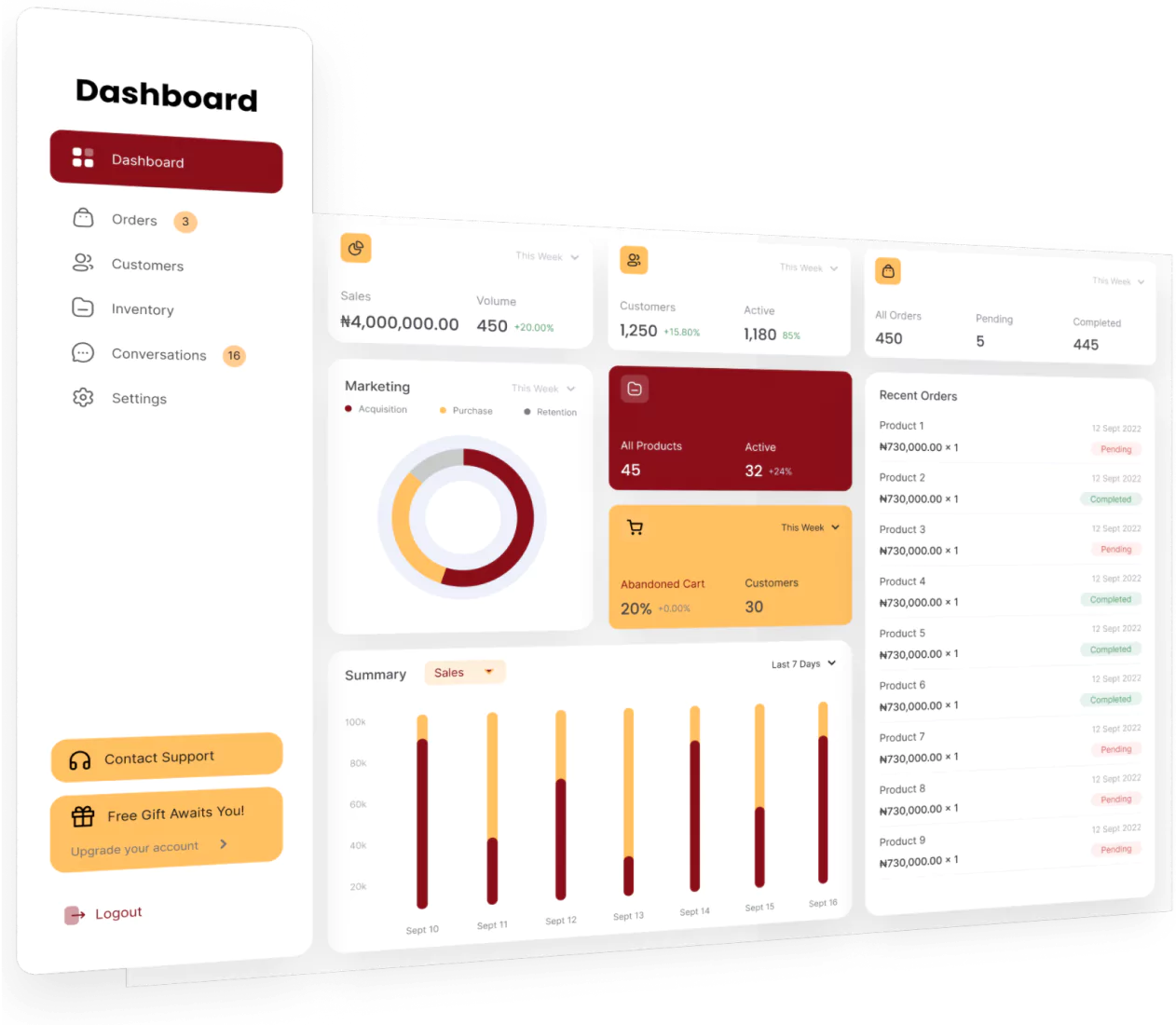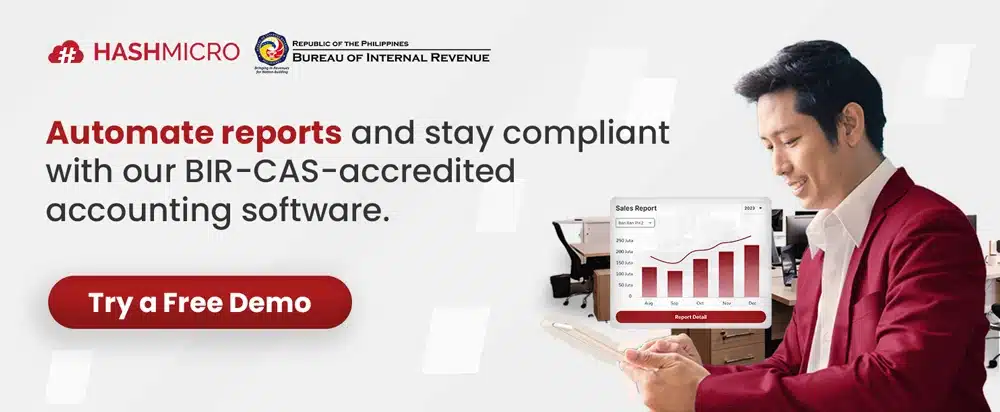A cut off date is a specified deadline for ending transaction recording in an accounting period. Setting an accurate is crucial, as it impacts financial statements and strategic decisions.
It can distort financial reports and affect business strategies if not applied correctly. A clear cut-off date ensures accurate transaction records and prevents challenges in financial data management.
By using an effective accounting system, companies can enhance the efficiency of their accounting and reporting processes.
Tinalakay sa artikulong ito ang kahulugan ng cut off date, kung paano ito matutukoy, at ang mga benepisyo ng epektibong pagpapatupad nito.
Key Takeaways
|
Table of Content
Content Lists
What is a Cut Off Date?
A cut-off date is the deadline for recording transactions within a specific accounting period. In the Philippines, this ensures that all transactions before this date are accurately reflected in financial statements, in line with local accounting standards and Bureau of Internal Revenue (BIR) requirements.
For example, if a company prepares monthly financial statements, the cut-off date is usually the last day of the month. This practice prevents confusion from overlapping transactions between accounting periods.
Setting a clear company in the Philippines can improve financial management, ensure compliance, and provide timely information for better decision-making.
Difference between Cut Off Date and Deadline
The terms “cut-off date” and “deadline” are often used interchangeably, but they have different meanings in financial and business contexts.
A cut-off date meaning when transactions are no longer recorded for a specific accounting period. It ensures accurate financial reporting by separating one accounting period from the next.
On the other hand, a deadline is the final date by which a task or obligation must be completed. This could involve submitting financial reports, paying invoices, or filing tax returns. Missing a deadline may result in penalties or other consequences.
In summary, while that is used for recording purposes to ensure accurate financial reporting, a deadline is the last possible time to complete a required action. Understanding these terms’ distinctions is essential for effective financial management and compliance.
Why is Cut Off Date Important?
The cut off date is crucial in accounting management and daily business operations. To better understand its significance, here are several reasons why this deadline is essential:
- Accuracy of financial statements: The cut off date ensures that all transactions occurring before this date are accurately recorded in the financial statements. This is important because recording errors can lead to inaccurate financial reports.
- Transparency in accounting processes: Setting a precise cut off date allows a company to provide more consistent and transparent information to stakeholders, including management, investors, and auditors.
- Cash flow management: This includes forecasting future receipts and expenses helping the company maintain the necessary liquidity to meet its financial obligations.
What are the Benefits of Cut Off Date?

Setting a deadline for recording transactions offers several significant benefits for companies, especially in financial and operational management. Here are the main advantages of using this approach:
- Enhances financial reporting accuracy: A cut-off date ensures that all financial transactions are recorded promptly and within the correct accounting period. This prevents errors such as mixing transactions from different periods, which could lead to inaccurate financial statements.
- Speeds up reconciliation processes: Another benefit of a cut-off date is that it simplifies the reconciliation process for the accounting team. With a clearly defined cut-off point, accountants can efficiently match data from various sources, such as bank statements and sales reports.
- Facilitates tax compliance: A cut off date helps companies meet their tax obligations on time.
Tips for Avoiding Cut Off Mistakes
Mistakes in setting and managing cut off dates can lead to inaccurate financial data and impact decision making. To help companies avoid these errors, consider the following tips:
- Establish clear cut off policies: Ensure the company has well-documented cut-off policies that are communicated to all relevant teams, especially the accounting department and other units involved in transactions.
- Use automated accounting systems: Companies should utilize automated accounting systems to minimize the risk of manual errors. A dependable system ensures that transactions are recorded accurately and on time, following the set reporting schedule.
- Conduct regular monitoring and reconciliation: It is essential to perform regular reconciliation and tracking of financial data before the cut-off date. Regular checks help identify and correct recording errors before preparing financial statements.
- Provide ongoing training for the accounting: In addition to clear policies, regular training for the accounting team is crucial. Training ensures that the team stays up to date with the latest accounting standards.
Make Cut Off Date Management Easy with HashMicro Accounting System

Managing cutoff dates can be challenging, especially for companies with a high volume of transactions. However, HashMicro’s best accounting software can make this process easier and more efficient.
HashMicro provides an integrated accounting solution that automates various accounting tasks, including managing cut off dates. This automation helps companies minimize errors and speed up the recording process. Here are some key features of HashMicro’s accounting system:
- Bank integration–auto reconciliation: Automatically integrates with banks to synchronize and reconcile transactions quickly and accurately.
- Multilevel analytical: This method provides in-depth financial analysis by categorizing data by division, project, or other criteria, offering more detailed business insights.
- Profit & loss vs budget & forecast: Compares profit and loss statements with budgets and forecasts to monitor target achievements effectively.
- Cash flow reports: Delivers clear cash flow reports, showing inflows and outflows to simplify liquidity management.
- Financial ratio analysis: Calculates financial ratios to assess the company’s financial health.
- Integration with HR: This integration connects the accounting system with HR to automate payroll cut off date and employee expense data, enhancing operational efficiency.
With these features, the HashMicro Accounting System enables companies to manage their finances more efficiently and accurately. Its automated integration and in-depth analysis allow the accounting team to make real-time data-driven decisions.

Conclusion
A cut off date is a crucial point that marks the end of the recording of a financial transaction for a specific period. Properly managing this date is essential to maintaining the accuracy of financial statements and avoiding recording errors.
For companies, setting an appropriate supports better planning and strategic decision-making by ensuring that all transactions are recorded in the correct period.
To simplify cut off date management, HashMicro Accounting Software provides an integrated solution that is automated, accurate, and customizable to fit your business needs. With its advanced features, HashMicro ensures efficient transaction recording.
Optimize your financial management today by trying HashMicro’s free demo. Click the banner below to learn more.





































